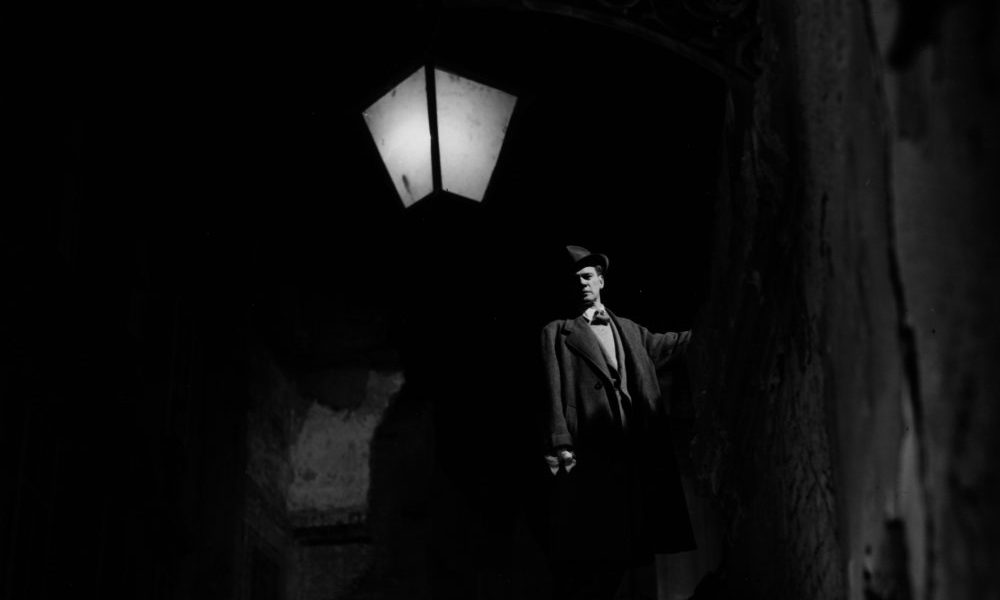At night all cats are grey, says a popular saying. This refers optically to the blurred perception of the human eye in the time between sunset and complete darkness. In photography, the photographic artists of black-and-white photography look for just such light conditions and prove in impressive images that objects can also be represented with these two basic colors as expressive shots.
BLACK-WHITE AS ESSENCE OF THE REPRESENTATION OF OBJECTS
Colours make variety, this also applies to effects in photography. However, for some photo artists, the most desirable effect is to do without colors. Only black and white Vß “draw” the character of the model in the shot, allowing a silhouette to emerge with sharp edges or soft contours to almost merge with a shadowy background. The trick is to remove all color except black and white from the shot. Instead, a monochrome tone in the varying contrasts changes the focus on a photo object.
Lines, structures and forms, contrasts and emphases remain as the essence of a situation. These come to the fore and have a changed emotional effect on the viewer due to the lack of other colours. Philosophically speaking, successful black-and-white photography means a return to the essential. This goal also leads the photographer to a different point of view. In front of his camera, he has to mentally suppress everything that could distract from the essence of his image statement. Excessively sharp light from one side could affect the desired shadow in front of or on the object. Too weak an emphasis on light would fade or blur the silhouette or the overall shape.
Black and white photographers do not cover up color errors
Of course, despite all their enthusiasm for black-and-white photo art, skeptics are also on hand. They assume that a black-and-white image would at most cover up color errors and correct shooting errors. Well, photographers do use this color trick, but by far not all and certainly not fundamentally. Rather, photo artists with a focus on light and shadow have learned to fade out colors long before an object becomes a photograph when viewing the world. They see differently, they think differently, and they judge light, shadow, color, and perspective independently of their first, direct view. Such photographers can rightly be called lateral thinkers or abstract artists. Only their abstraction leads back from well-considered contemplation to essence.
Tiny details have to be thought into a black-and-white image in advance or faded out. In human models for black-and-white photography, parts of the face or body must be placed in the best possible contrast to other areas of the image. Only in this way is it possible to artistically combine all the expressiveness of light, shadow, movement and form with just two colours.

Why black and white images have such a strong power of interpretation
If you look at a black-and-white photo, you either feel nostalgically touched or emotionally called to an attempt at interpretation. The nostalgics are those who still experience the expressiveness of old photographs, from such old times, when color photography was not even imaginable. The interpreters, on the other hand, understand a message that emanates from the object, its surroundings and the contrasting design. Black-and-white photographers themselves would smile at both views: from their point of view, the supposedly deep message is nothing more than a successfully captured moment, a pictorial artistic symbiosis of light, shadow and object.
However, it is quite conceivable that a photo artist is inspired by an unconscious message to take his picture, which he transports with the picture to the viewer. The emphasis, however, is on unconscious, because the conscious selection of black and white motifs is more technical in nature. Just as painters tell a story with their pictures, a black-and-white photograph describes the beauty of life, a small or comprehensive detail of it. By inspiring viewers to think, feel and, at best, marvel, this photographic technique has fulfilled its purpose. It captures the essence of an object as a composition of light and shadow.
Photo Editing: Black & White Photography Post-Processing?
Visionaries can only capture what the moment makes possible for the vision in the direct black-and-white shot. A post-processing of the contrasts turns this captured moment into an optical “translation”, thus showing outsiders what the photographer actually wanted to capture. The personal view of an object may and should be artistically reworked in such a way that the very inspiration is possible that distinguishes a mere photo from an emotionally appealing black-and-white image.

It should not be underestimated that even in the most perfect digital setting, a camera only captures emotionlessly what is positioned directly in front of its lens. Pure reality, however, usually does not correspond to the actual power of representation of photographs in black and white. Only the photographer’s artistic will subsequently stages light and shadow in such a way that a form emerges from pixels and contrasts. By the way, the post-processing of black-and-white photographs is nothing more than the artist’s own interpretation, which at best he then inspires in the viewer.
Black-and-white photography is preferred by those photo artists who, through an abstract view of things, make their essence visible to the viewer. Neither recording errors are concealed nor deep messages are deliberately recorded. Rather, the renunciation of colors and the play of light and shadow corresponds to a vision that the photographer had when selecting his object. Once the shot has been successfully captured through skillful photography and good post-processing, the viewer feels challenged by the vision to an emotional interpretation.



